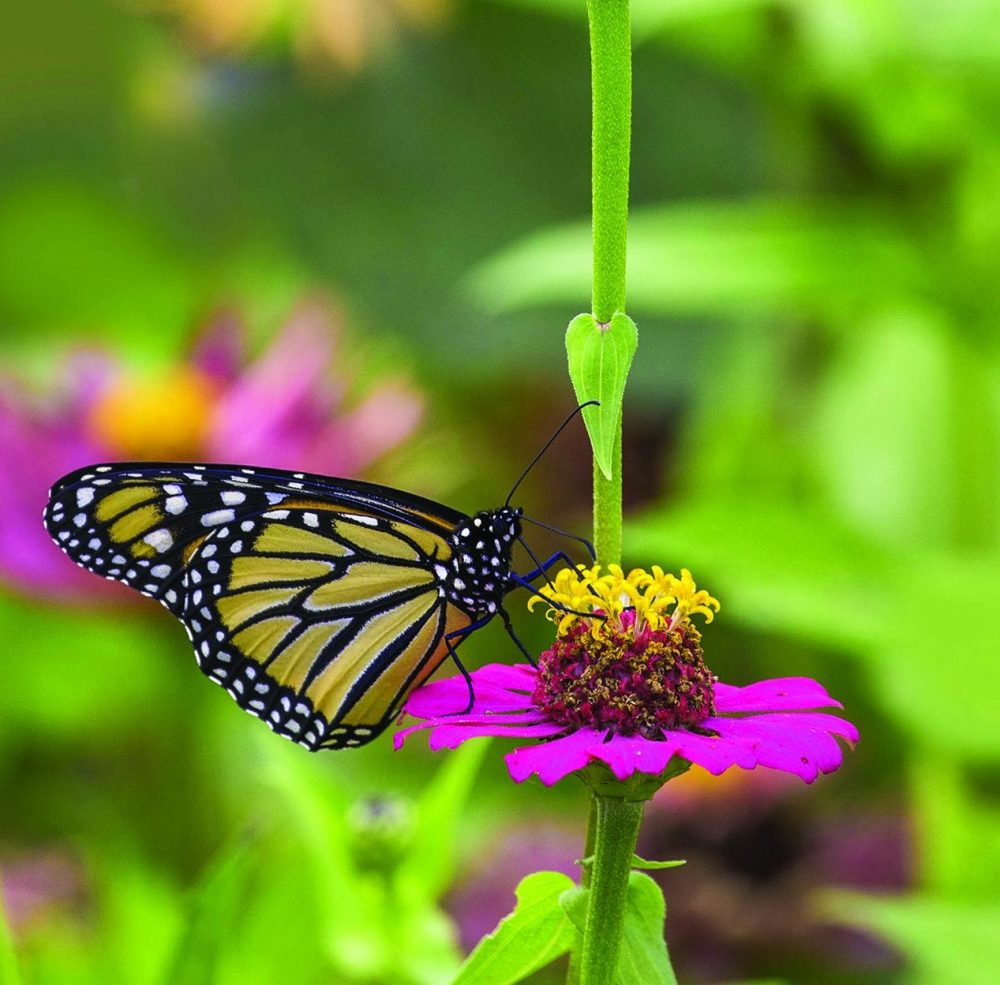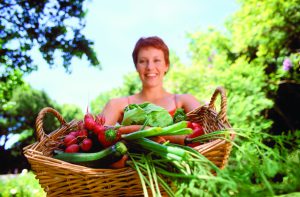The final weeks of winter, and even the first few weeks of spring, are still chilly in many parts of the world. Despite those last vestiges of winter chills, late winter is a great time to begin preparing gardens for the coming planting season. Gardens may have to withstand months of harsh weather each winter, and such conditions can take a toll. Gardeners can consider the following tips as they try to restore their gardens and get them ready for spring planting.
• Disinfect your tools. It’s common to clean tools in late fall or whenever they’re typically placed in storage for the winter. But cleaning and disinfecting are not necessarily the same thing. If tools were not disinfected at the end of the previous gardening season, disinfect them before doing any work on the garden. Doing so can ensure any lingering bacteria or fungi on tool surfaces are killed prior to the beginning of gardening season. According to the University of Minnesota Extension, plant pathogens, including bacteria and viruses, can be transferred to and infect plants through bits of soil and plant debris left on shovels and pruner blades. Thoroughly disinfecting such tools prior to using them in the spring is a great way to reduce the risk of disease in your garden.
• Clear debris from garden beds. Leaves, twigs, sticks, and other debris may have gathered in the garden over the winter. Such debris can inhibit the growth of plants and vegetables, so make sure all of it is removed prior to planting. Weeds might even begin to sprout up in late winter and early spring, so remove them before they go to seed.
• Test the soil. Testing the soil prior to planting can help gardeners determine what their gardens will need to thrive in the coming months. Garden centers and home improvement stores sell home testing kits that are effective and easy to use. Once the results are in, speak with a professional at your local garden center about the best time to amend the soil.
• Loosen compacted soil. Soil can become compacted over winter. If compacted soil is not loosened prior to planting, plants will have a hard time getting the water and nutrients they need to thrive. Loosening the soil also provides another opportunity to inspect the garden for any underlying issues, such as fungi or weed growth, that you may have missed when clearing debris or testing the soil.
Late winter is a good time to assess a garden and address any issues that developed over the winter so plants and vegetables can thrive come the spring planting season.












